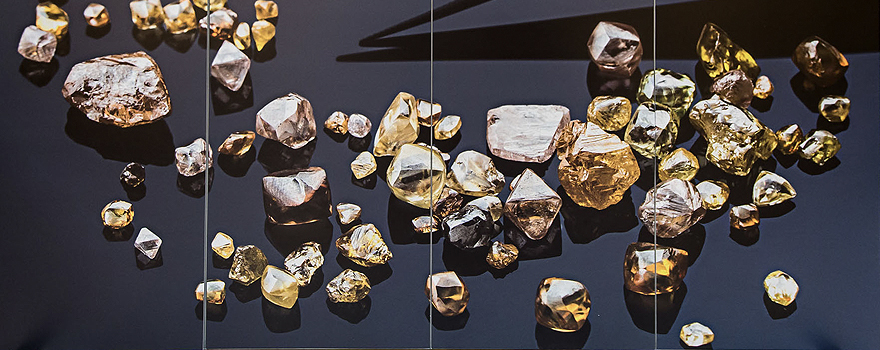In the glittering world of diamonds lies a sinister reality – the existence of what are blood diamonds, also known as conflict diamonds. These gems, adorned with beauty, often hide a gruesome backstory of human suffering and exploitation. In this comprehensive guide, we delve deep into the origins, implications, and global efforts to combat the trade of blood diamonds.
Table of Contents
Understanding Blood Diamonds: What Are They?
what are blood diamonds that are mined in war zones and sold to finance armed conflict against governments, particularly in Africa. These diamonds are often extracted under brutal conditions, with little regard for human rights or environmental regulations. The term “blood diamond” gained prominence in the late 1990s when civil wars ravaged countries like Sierra Leone, Angola, and the Democratic Republic of Congo, funded by the illicit trade of diamonds.
The Journey of a Blood Diamond
The journey of a blood diamond begins in regions plagued by conflict and political instability. Armed groups seize control of diamond mines, exploiting local populations to extract the gems through forced labor and violence. These diamonds then enter the global market, where they are often indistinguishable from ethically sourced stones.
The Impact on Communities
The trade of what are blood diamonds has devastating consequences for the communities where they are mined. Miners, including men, women, and children, endure hazardous working conditions without proper safety measures or fair wages. Moreover, the revenue generated from the sale of blood diamonds fuels armed conflicts, perpetuating violence and instability in already vulnerable regions.
The Significance of Blood Diamonds: Why Do They Matter?
The significance of blood diamonds extends beyond their monetary value; they symbolize a stark reminder of the human cost of greed and conflict. By purchasing what are blood diamonds, consumers inadvertently contribute to the perpetuation of violence and exploitation. Additionally, the influx of blood diamonds into the market tarnishes the reputation of the diamond industry as a whole, undermining efforts to promote ethical sourcing and sustainability.
Ethical Concerns
One of the primary reasons blood diamonds matter is the ethical dilemma they pose for consumers. Purchasing a diamond is often associated with love, celebration, and luxury. However, behind the sparkle lies a troubling reality that conflicts with these ideals. Ethically conscious consumers are increasingly demanding transparency and accountability from diamond retailers, prompting the industry to adopt stricter regulations and certification processes.
Environmental Impact
In addition to the human toll, the mining of blood diamonds exacts a heavy environmental toll. Unregulated mining practices, including deforestation, soil erosion, and pollution of water sources, degrade fragile ecosystems and harm biodiversity. The long-term environmental damage caused by blood diamond mining further exacerbates the already precarious situation in regions already grappling with the effects of climate change and habitat loss.
Global Efforts to Combat the Trade of what are blood diamonds
Recognizing the urgency of addressing the issue, the international community has taken steps to combat the trade of what are blood diamonds and promote ethical practices in the diamond industry. One such initiative is the Kimberley Process Certification Scheme (KPCS), established in 2003 to prevent the trade of conflict diamonds. The KPCS requires participating countries to implement stringent measures to ensure that exported diamonds are conflict-free.
Challenges and Criticisms
Despite its noble intentions, the Kimberley Process has faced criticism for its limited scope and effectiveness. Critics argue that the criteria for defining conflict diamonds are too narrow, allowing diamonds mined under exploitative conditions to enter the market legally. Moreover, man made diamonds, the lack of independent monitoring and enforcement mechanisms undermines the credibility of the certification process.
Conclusion: Shaping a More Ethical Future
In conclusion, what are blood diamonds represent a dark chapter in the history of the diamond industry, tarnishing the allure of these precious gems with the bloodshed of innocent lives. As consumers, we hold the power to drive change by demanding transparency, supporting ethical brands, and advocating for stronger regulations. By working together, we can ensure that the diamonds we cherish are not stained with the suffering of others.






